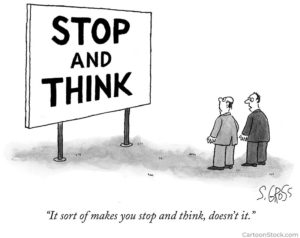The digital publishing world moves fast — newsletters, online magazines, and media platforms compete for seconds of reader attention. That’s where editorial cartoons come in. Strong digital publication cartoon strategies can transform these fleeting moments into loyal subscriptions. Digital publication cartoon strategies don’t just make content funnier; they build loyalty. Readers remember a laugh or…
Continue Reading…
Freelance vs. Staff Cartoonist: Economics and Career Path Decisions
There was a time when every major newspaper had its own staff cartoonist, a familiar name that readers saw every morning alongside the editorials. Today, most editorial cartoonists work as freelancers, selling to multiple outlets instead of drawing for one. The contrast between a freelance vs. staff cartoonist career has never been sharper — and…
Continue Reading…
How Newspapers and Magazines Use Editorial Cartoons to Engage Readers
In an age of fast news cycles and shrinking attention spans, editorial cartoons remain one of the few media traditions that still stop readers mid-scroll. They’ve been a fixture of newspapers and magazines for more than a century, distilling complex issues into a single visual punchline. Whether poking fun at politics, highlighting cultural quirks, or…
Continue Reading…
Add Humor to Spice Up Your Content Marketing
Breaking Through the Digital Noise Is your brain frequently operating on overload? You’re not alone. The average person receives between 4,000 to 10,000 messages each day. Perhaps fewer than 100 are actually “noticed” in a meaningful way and the time spent actively reading an ad, email, or blog post is about one minute! So how…
Continue Reading…
Why Humor Works in Marketing: A Psychological Perspective
Part of our Add Humor to Spice Up Your Content Marketing guide Key Takeaways: Humor triggers dopamine while lowering psychological defenses, making audiences more receptive to marketing messages Funny content is 3-5x more memorable than standard messaging due to “elaborative encoding” in the brain Brands using humor are perceived as more trustworthy and prompt…
Continue Reading…






